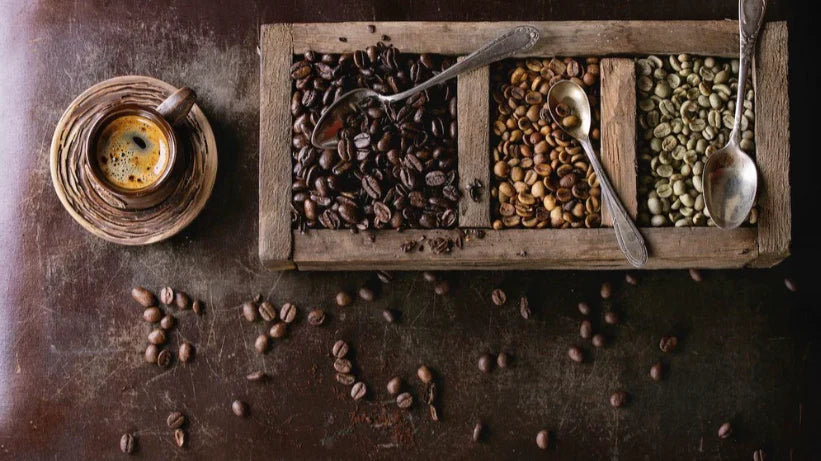Your Cart is Empty
FREE EU SHIPPING FROM €149 & US FROM €200
Menu

FREE EU SHIPPING FROM €149 & US FROM €200
OUR BRANDS

Let's talk about Decaf Coffee
November 07, 2024 2 min read
The Secret Science Behind Decaf Coffee: How Flavor Stays Without the Buzz
Can Decaf Coffee Really Taste Just as Good?
For years, decaf had a bad rep—watery, bland, and uninspiring. But thanks to modern decaffeination techniques, that’s no longer the case. In fact, today’s best decaf coffees can be just as rich, complex, and satisfying as their fully caffeinated counterparts.
So what changed? It all comes down to the science behind the process—and it’s more fascinating than you might think.
The Art (and Science) of Decaffeination
Removing caffeine while keeping flavor intact is a delicate process. It takes precision, patience, and the right method to ensure that the bean’s natural oils, sugars, and aromatic compounds stay put—just without the caffeine.
Let’s break down two of the most trusted methods used by roasters today:
1. The Swiss Water Process
The Swiss Water Process is a chemical-free method that’s beloved by specialty coffee lovers. Here's how it works:
-
Green coffee beans are soaked in hot water, allowing the caffeine (and flavor compounds) to dissolve.
-
The water is then passed through an activated charcoal filter, which traps caffeine molecules while allowing flavor compounds to remain.
-
This flavor-rich water is then reused to decaffeinate a new batch of beans—preserving all the good stuff without reintroducing caffeine.
✨ The result? A cup of decaf that’s smooth, clean, and full of natural flavor.
2. The CO₂ Decaf Method
If the Swiss Water Process is the gentle artisan, the CO₂ Process is the high-tech scientist.
-
This method uses supercritical carbon dioxide (think: pressurized CO₂ gas that acts like both a liquid and a gas) to extract caffeine selectively.
-
It targets caffeine molecules, leaving the coffee’s oils and aromas intact.
-
No solvents, no weird aftertaste—just pure coffee goodness, minus the buzz.
☕ This method is especially great for maintaining the integrity of complex, high-quality beans.

Leave a comment
Comments will be approved before showing up.
Popular products
Subscribe
Sign up to get the latest on sales, new releases and more …



